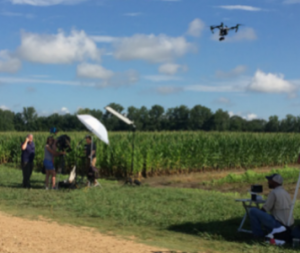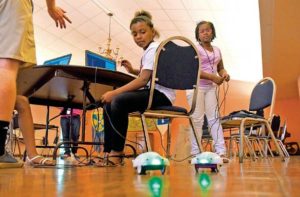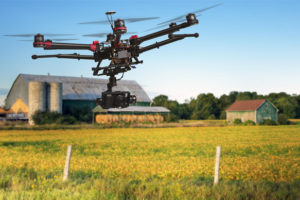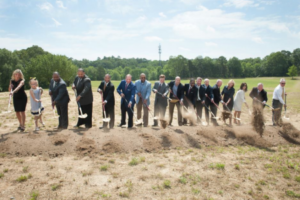MSU’s New Center for Entrepreneurship and Outreach Holds Open House in Starkville
MSU’s New Center for Entrepreneurship and Outreach Holds Open House in Starkville
Courtesy of the MSU Newsroom

Pictured touring new business conference space designated for the MSU CEO Downtown at the Greater Starkville Development Partnership are (from left to right) Jacob Miller, a freshman mechanical engineering major from Lucedale who has started a company called Black Creek Innovation; GSDP President and CEO Scott Maynard; Starkville Mayor Lynn Spruill; MSU College of Business Dean Sharon Oswald; Jeffrey Rupp, outreach director for MSU’s College of Business; Jerry Toney, president of Cadence Bank for Mississippi and national treasurer for the MSU Alumni Association; Rahul Gopal, MSU graduate and founder and CEO of CampusKnot Inc. and Benjamin Jordon, an MSU senior finance major from Starkville who also is vice president of sales for CampusKnot Inc. (Photo by Megan Bean)
STARKVILLE, Miss.—
MSU’s Center for Entrepreneurship and Outreach, also known as the CEO, and the Greater Starkville Development Partnership recently held an open house in order to show off a special space that has been designated for business use by the university
“This is a very unique town and gown situation, and we have full support from the mayor and [MSU President] Dr. Keenum,” said Jeffrey Rupp, MSU outreach director for the College of Business.
“My hope is that we will have an explosion of this type of business activity. Entrepreneurs become tenants who become long-term tenants and residents of the community and a major part of the fabric of our overall town,” Mayor Lynn Spruill said.
Scott Maynard, GSDP president and CEO, spoke to the explosion of local entrepreneurs who are in need of dedicated, proper place to do business: “At the beginning of the year, we’ll open four additional office suites to be used as incubator space for new businesses,” said Maynard, who was named to his position this year after a long career as director of MSU’s Career Center.
Rahul Gopal, one such young entrepreneur, gave commentary from his own perspective: “Having this space lends legitimacy,” he explained. “You need to get people to a place where they are serving the community. It’s nice to have space where people can stop by and we can host meetings.”









